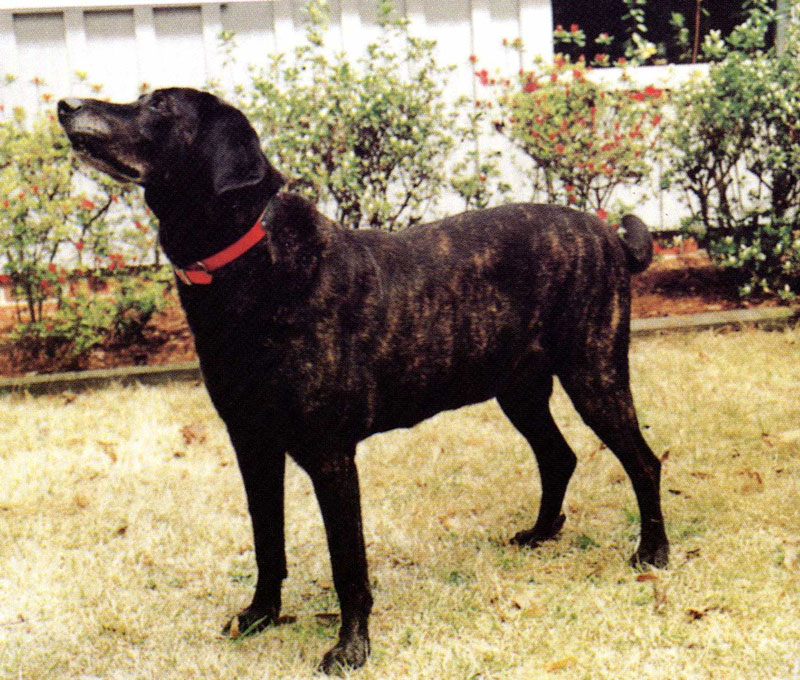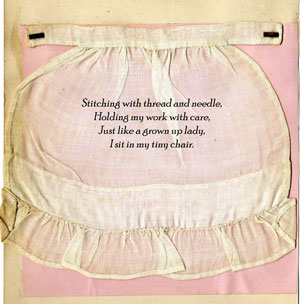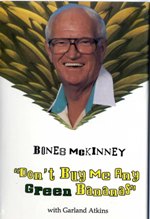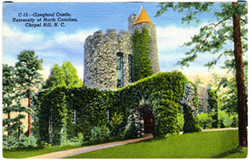In October, we asked our loyal readers to send us the political mailings that were filling their mailboxes, along with buttons, posters, and whatever else the candidates put out. Y’all came through! We received over 700 pieces of campaign ephemera. Thank you. Between now and Inauguration Day, I want to share with you a few of my favorites. This selection is subjective in the extreme. These are items that caught my eye based on the image, or how an issue was framed, or the humor. Don’t read politics into my choices—this is more a popular culture exercise than a political one.
So, today, here is my third most favorite:

It’s all about the dog. Who won’t be stopped in his tracks by this image? This is one of the best visuals on any mailing that I received. It would have been higher up on my list of favorites if the dog pictured was a Plott hound, our state dog, rather than a bloodhound. I know that the bloodhound is universally recognized as a tracker, but the failure to use our state dog tipped me off to the fact that the group that produced this card was “not from around here.” We like our political mailings homegrown. (The mailing came from Change to Win, a pro-labor advocacy group based in Washington, DC.)
Check back on Tuesday and Thursday next week for my choices for runner-up and best ephemera from the 2008 elections.






